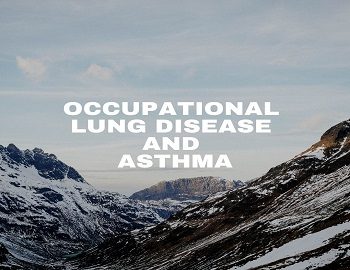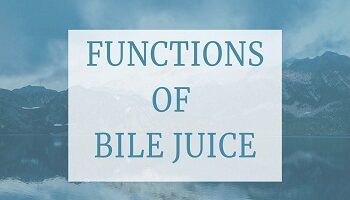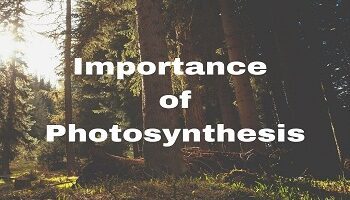Table of Contents
Occupational Lung Disease And Asthma:
Occupational Lung Disease:
Occupational lung disease is that which arises due to the occupation of the person where he or she inhales various harmful substances like gas, fumes or dust. Silicosis, asbestosis and tobacosis are common diseases that occur due to inhalation of stone quarries, silica or asbestos dust or tobacco dust in the industry. It is characterized by fibrosis (proliferation of fibrous connective tissue) of the upper part of the lung causing inflammation.
Diseases like silicosis and asbestos are incurable and their symptoms appear after chronic exposure i.e 10-15 years or more. So the person likely to be exposed to such irritants should take all the possible preventive measures like minimum exposure to harmful dust, use of protective gears and clothing at the workplace, regular health check-up etc. These workers must be informed about the harm of the exposure of such dust.
Asthma:
It is a common long-term inflammatory disease of the airways of the lungs. It is characterized by narrowing and inflammation of bronchi, bronchospasm, and difficulty in breathing especially during expiration. In young persons, asthma is due to allergic hypersensitivity to air pollutants, especially plant pollens. In older persons, it can be due to non-allergic irritants present in the air. There is localised oedema in bronchiolar walls, accumulation of thick mucus in bronchiolar lumens and muscle spasms. Chest cage may become permanently enlarged, After identifying the allergen, ways and means can be found to avoid the same. Antiallergic medicines give some relief. Symptoms include wheezing, chest tightness, coughing and shortness of breath.
- Constituents Of Air And Their Uses
- Air Pollution- Causes, Effects, and Control Measures
- Water Pollution- Causes, Effects, and Control Measures
- Solid Waste Management
- Applications Of Laser And Maser
- Uses of Washing Soda, Bleaching Powder, etc.
- Plant and Animal Cell
- Mitosis: Process and Significance
- Meiosis: Process and Significance
- Constituents of Food: Carbohydrates, Proteins, Fats & Vitamins
- Asexual Reproduction- Types, Characteristics And Significance
- Vegetative Propagation: Natural & Artificial Methods
- Parthenogenesis: Types And Significance
- Pollination: Types and Its Importance
- Nitrogen Metabolism– NIOS









Comments (No)